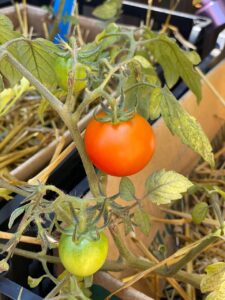Hunger Action Month – Planting a Garden
August 25, 2022Preparing a New Raised Garden Bed
- Choose the material for your raised garden bed itself. There are wood, plastic and galvanized metal options. Be sure to choose the best option for you.
- Once placed on the ground according to the directions below, you will need to layer in the organic materials.
- Bottom layer -Cardboard- Be sure all labels and tape are removed
- 2nd layer -Wood chips- organic not processed with coloring
- 3rd layer -Plant waste- Ex. banana peels, leaves, etc.
- 4th layer -Compost- If you do not have a compost bin, there are many great store-bought brands
- 5th & Top layer -Organic Soil-
- Be sure to layer as evenly as possible and level as you go.
- Once you have plants in your raised garden bed, place a light layer of straw over the soil to help retain moisture, especially during hot months.
- Water as needed. It is best to water near the roots/soil, not over the top of the plant.


The Five Do Nots of Raised Bed Gardening
- Use the correct size bed – Make sure you can access all sides of the raised bed. You will need to water, weed and harvest.
- Do not skip the planning stage – Map out where you will be placing your garden beds. You do not want to get to the last bed you are placing and not have enough room.
- Choosing the wrong location for a raised garden bed – Be sure you are placing your raised garden bed in an area with the necessary sunshine or shade needed for what you are planting/growing.
- Not leaving enough space between raised garden beds – Accessing the beds will become difficult if there is not enough space between them. Watering will become difficult. Accessing with a wheelbarrow or gardening equipment will also be difficult.
- Do not use weed killer between the beds – Even between the beds in the walkway area, this can directly affect the plants within the raised bed. Your hard work will be for not.



